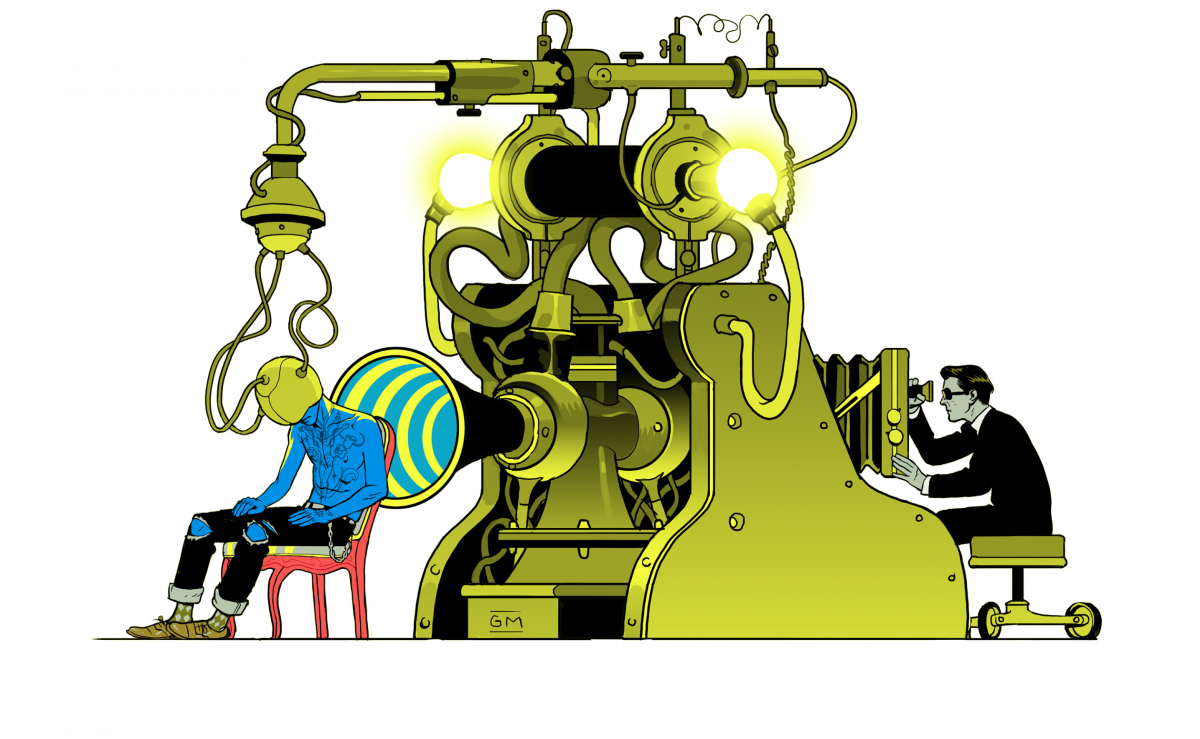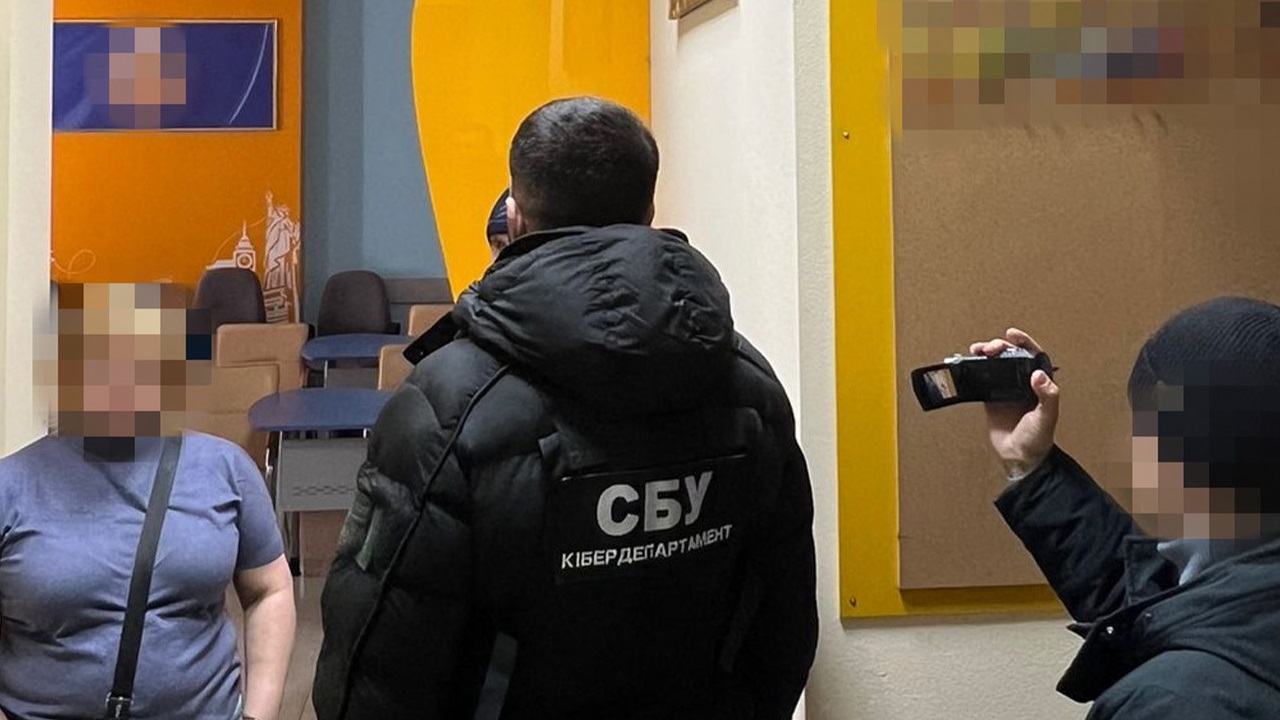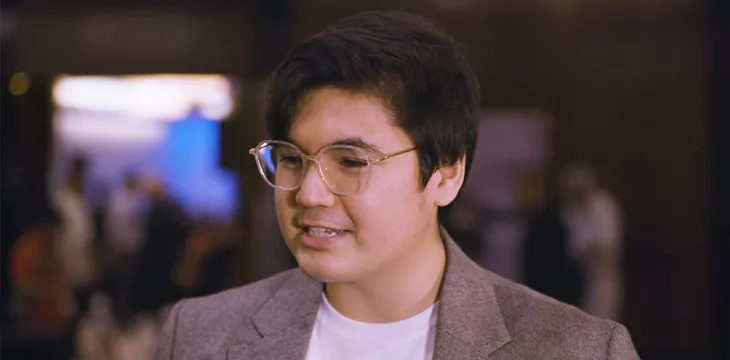The project that aims to be the “anti-emoji”

In American culture there is a brutal expectation to be happy, said visual artist Tomer Hanuka in a recent interview with nft now. “It equates to success. If you’re not happy, there’s something wrong with you.”
“If you don’t present a happy face, you’ve probably failed very deeply in your journey,” he continued. “[With social media], you have to present the storefront of your life as something successful, elegant, polished – you jump between resorts, coffee shops, good meals, good desserts. The idea of social media and emojis is flat and easy to consume, but has zero depth.”
The award-winning designer, whose resume includes creating graphics for The New Yorker, National GeographicNetflix and Sony, believe that the art of expressing emotions online – and in the NFT space – is painfully one-dimensional.
It is an increasingly prominent point. Emotional depth and mental health in Web3 are not words people often associate with the NFT space, which is very much to its detriment. And it is this lack of emotional topographical variation that Tomer and his twin brother Asaf Hanuka – an award-winning illustrator and instructor at the Shankar Graphic Design School in Tel Aviv – aimed to address with their recent Moodie’s NFT project.
The generative art collection, which was minted in early August, contains 7,401 NFTs that visualize a wide range of emotions expressed through symbols, pop culture references and storytelling. Each Moodie NFT is a portrait made up of five characteristics that change 32 unique emotions that the two artists mapped according to Robert Plutchik’s Wheel of Emotions.

“There’s also something about celebrating wins all the time,” added Asaf Hanuka, speaking to nft now alongside Tomer. “With NFTs, there is always a celebration of winners. But this ecosystem is fleeting. Finally, there are people behind who communicate through screens and icons. And we thought it would be interesting to just put that on the table, the fact that it’s a mess and that you feel a lot of things at the same time. And then the big challenge was to visualize it.”
The NFTs in the Moodies collection are undeniably gorgeous and diverse. They also reveal aspects of the twin brothers’ respective artistic styles, which both oppose and complement each other.

“Drawing became the tool for me to tell a story,” Asaf Hanuka said of his creative eye. “And I find myself trying to really draw what I need to draw to get the information across [to the reader] and do not make the drawing too accurate. In this way, there is something in the flow. The real art is the eye that goes over the picture and reads the page, and then imagines something.”
For Tomer Hanuka, however, the image has priority over the story. Significantly influenced by Italian illustrator Lorenzo Mattotti and Japanese graphic designer Tadanori Yokoo, he believes that stories are vehicles for visual experiences; opportunities to make something interesting happen on the page.
A pay-what-you-feel embossing mechanic
Instead of setting a mark-up price for the NFTs, the Hanuka brothers instituted a pay-what-you-feel policy, in keeping with the project’s themes of personal expression and emotional variety. Several Moodies fans on Twitter praised the approach, saying it brings an element of conscientiousness to what is otherwise a robotic minting process.
The Hanukkah brothers had hoped that through this imprinting mechanism, people would slow down and take a moment to consider the art, the artists, and how much they value these things. “We built The Moodies for almost a year in the dark,” explained Tomer Hanuka. “And we really wanted the community to write the next chapter. And we wanted to see what people would do, for them to say, ‘Okay, there’s a human being here, I’m present, I have a heart, I have feelings. Now I will think about these people and the project.’ And the reaction was that the absolute majority paid zero.”
The Hanuka brothers chalk this up to the realities of the current bear market, but also appreciate how the collectors’ response shifted the story’s emotional focus back to them. Both had foreseen the possibility that most people would not pay anything for the coin, but that is a reality that they both continue to decide how they feel.
“I was surprised. But at the same time I said to myself, ‘What were you thinking? Of course it was going to happen,'” Asaf Hanuka said. “But it was a conceptual decision, and everything we’ve done with the project has been in line with that [the values of the project].”
To build a bridge between the digital and the physical
The Hanuka brothers emphasize that there are two arcs to the Moodies project: the art and the IP. When designing the NFTs, they made sure to create high resolution files that will allow collectors to print and own high quality physical versions of their NFTs.
Asaf and Tomer Hanuka wanted their art to help create experiences with people in the real world. There are 32 Pure Souls NFTs in the Moodies collection which are the templates from which the rest of the project’s properties blend to form the 7401 unique parts of the community. These 32 pieces have toured the world, appearing in Los Angeles and at NFT NYC 2022. The next stop is Tel Aviv, where the Hanuka brothers will display the pieces in a cavernous gallery in Jaffa.
But the Hanuka brothers creating the high resolution NFT files are a critical component in the upcoming stages of the Moodies project. However, the two remain tight-lipped about these details for now.

The project’s NFT storytelling takes a literal form: one of the main characters in the Moodies story is the graphic design couple call Great Moodie, a turn-of-the-century psychiatrist whose genesis was inspired by stories about Freud.
“Freud wanted so badly to win the Nobel Prize for science, but he never did, because the Nobel Prize Committee said that psychoanalysis is not a science, it is closer to literature,” explained Asaf Hanuka. “It’s this split between science and kind of magic. The Great Moodie is like that, and he went on to invent the Soul Ray, which is basically a machine that can see through your soul, and see what kind of archetypes and symbols are inside in your psyche. This character is central to the narrative branch of the project.”
Storytelling through NFTs
The brothers say they have a “narrative production” underway that includes some serious writing and voice talent, as well as a “best-in-class” production studio, though they can’t reveal more details. “There’s a campaign going on now on Twitter and Discord, with a letter dropping every day,” Tomer Hanuka teased. “Once the sentence is completed, I think a lot of things will become clear.”
The Hanuka brothers spoke more broadly about how NFTs are an excellent format for storytelling, drawing some interesting parallels between blockchain-based technology and comics.
“NFTs are a format for creation,” declared Asaf Hanuka. “Comics started as funny strips in the newspaper. And then, for 30 years, it was almost exclusively superhero comics. But at the end of the day, comics are a language. You can talk about anything – depression, the Holocaust, something funny or a trip that changed your life. It is a language. NFTs are the same. They are a format for storytelling through images. This has only just started, and it is very exciting.”
The brothers consider the Moodies project to be the first “fine art PFP” collection of the NFT space. You could argue that it’s not the first, but the NFTs are vibrant and chaotic – each capable of evoking a multitude of emotions that tell unique, self-contained stories. The collection also reminds us how, despite all the gms and WAGMIs, the people carrying the NFT space forward are real, nuanced and inherently driven by contradictions. Bringing this lived reality to the center is truly heartwarming.

























